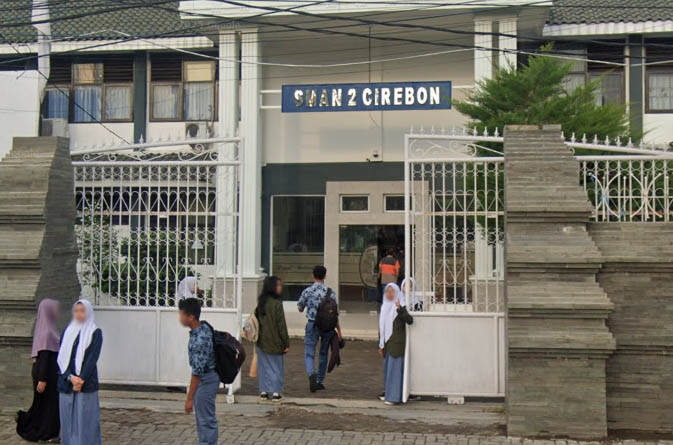Robotic Umpires are coming to Major League Baseball next season, but it's not 'Rise of the Machines' just yet.
Instead, MLB's 11-man competition committee on Tuesday approved use of the Automated Ball/Strike System in the major leagues in 2026.
Human home plate umpires will still call balls and strikes, but teams can challenge two calls per game and get additional appeals in extra innings. Challenges must be made by a pitcher, catcher or batter — signaled by tapping their helmet or cap — and a team retains its challenge if successful. Reviews will be shown as digital graphics on outfield videoboards.
New York Yankees outfielder Austin Slater, one of four players on the competition committee, said three voted in favor after getting support from 22 of the 30 teams. All six management reps voted in favor.
'I think with any sort of technology, there's not 100 percent certainty of the accurateness of the system,' Slater said.
'I think the same can be said of umpires. So I think it's just coming to grips with the impact that technology is going to have and whether or not we were willing to live with that error that was associated with the system, even if the error is very, very miniscule.'
First base umpire James Hoye watches an ABS System review during the fourth inning of a spring training game between the Toronto Blue Jays and the Philadelphia Phillies in March
The online response among frustrated baseball fans was largely positive.
'About f--king time,' one fan wrote. 'These umpires have gotten much worse calling balls and strikes over the years. The strike zone has become a strike area.'
Many took aim at umpires' individual interpretations of the strike zone's location.
'We wouldn't need this if not for many of these clown umpires deciding they wanted to call 'their' strike zone,' another fan added.
But in practice, MLB umpiring hasn't been as bad as some may think. Big league umpires call roughly 94 percent of pitches correctly, according to UmpScorecards.
Another potential benefit of a challenge system would be a reduction in ejections.
MLB said 61.5 percent of ejections among players, managers and coaches last year were related to balls and strikes, as were 60.3 percent this season through Sunday. The figures include ejections for derogatory comments, throwing equipment while protesting calls and inappropriate conduct.
Yankees manager Aaron Boone, who leads the American League in ejections for the fifth straight year, called the adoption 'inevitable.'
'Throughout the year, I've been a little not totally on board with it or exactly how it's going to be implemented but it's going to be here and hopefully that's a good thing,' he said. 'A lot of the things that Major League Baseball has done I think have been really successful in the changes they've made and hopefully this is another one of them.'
Guardians manager Stephen Vogt said players will have to adjust.
'You can like it, dislike it, it doesn't matter,' Vogt said as Cleveland prepared to open a critical three-game series with Detroit. 'It's coming. It's going to change the game. It's going to change the game forever.'
St. Louis Cardinals manager Oliver Marmol argues with home plate umpire Andry Fletcher
ABS, which utilizes Hawk-Eye cameras, has been tested in the minor leagues since 2019. The independent Atlantic League trialed the system at its 2019 All-Star Game and MLB installed the technology for that's year Arizona Fall League of top prospects. The ABS was tried at eight of nine ballparks of the Low-A Southeast League in 2021, then moved up to Triple-A in 2022.
At Triple-A at the start of the 2023 season, half the games used the robots for ball/strike calls and half had a human making decisions subject to appeals by teams to the ABS.
MLB switched Triple-A to an all-challenge system on June 26, 2024, then used the challenge system this year at 13 spring training ballparks hosting 19 teams for a total of 288 exhibition games. Teams won 52.2 percent of their ball/strike challenges (617 of 1,182) challenges.
At Triple-A this season, the average challenges per game increased to 4.2 from 3.9 through Sunday and the success rate dropped to 49.5 percent from 50.6 percent. Defenses were successful in 53.7 percent of challenges this year and offenses in 45 percent.
In the first test at the big League All-Star Game, four of five challenges of plate umpire Dan Iassogna's calls were successful in July.
Teams in Triple-A do not get additional challenges in extra innings. The proposal approved Tuesday included a provision granting teams one additional challenge each inning if they don't have challenges remaining.
MLB has experimented with different shapes and interpretations of the strike zone with ABS, including versions that were three-dimensional. Currently, it calls strikes solely based on where the ball crosses the midpoint of the plate, 8.5 inches from the front and the back. The top of the strike zone is 53.5 percent of batter height and the bottom 27 percent.
'Throughout this process we have worked on deploying the system in a way that's acceptable to players,' Commissioner Rob Manfred said in a statement. 'The strong preference from players for the challenge format over using the technology to call every pitch was a key factor in determining the system we are announcing today.'
A view of the MLB ABS System review during the eighth inning of a spring training Spring Breakout game between the Minnesota Twins and the Toronto Blue Jays on March 15
This will be MLB's first major rule change since sweeping adjustments in 2024. Those included a pitch clock, restrictions on defensive shifts, pitcher disengagements such as pickoff attempts and larger bases.
The challenge system introduces ABS without eliminating pitch framing, a subtle art where catchers use their body and glove to try making borderline pitches look like strikes. Framing has become a critical skill for big league catchers, and there was concern that full-blown ABS would make some strong defensive catchers obsolete.
Players include Arizona's Corbin Burnes and Zac Gallen, Detroit's Casey Mize, Seattle's Cal Raleigh and the New York Yankees' Austin Slater, with the Chicago Cubs' Ian Happ at Detroit's Casey Mize as alternates. The union representatives make their decisions based on input from players on the 30 teams.
Bill Miller is the umpire representative.

 2 months ago
94
2 months ago
94

















































